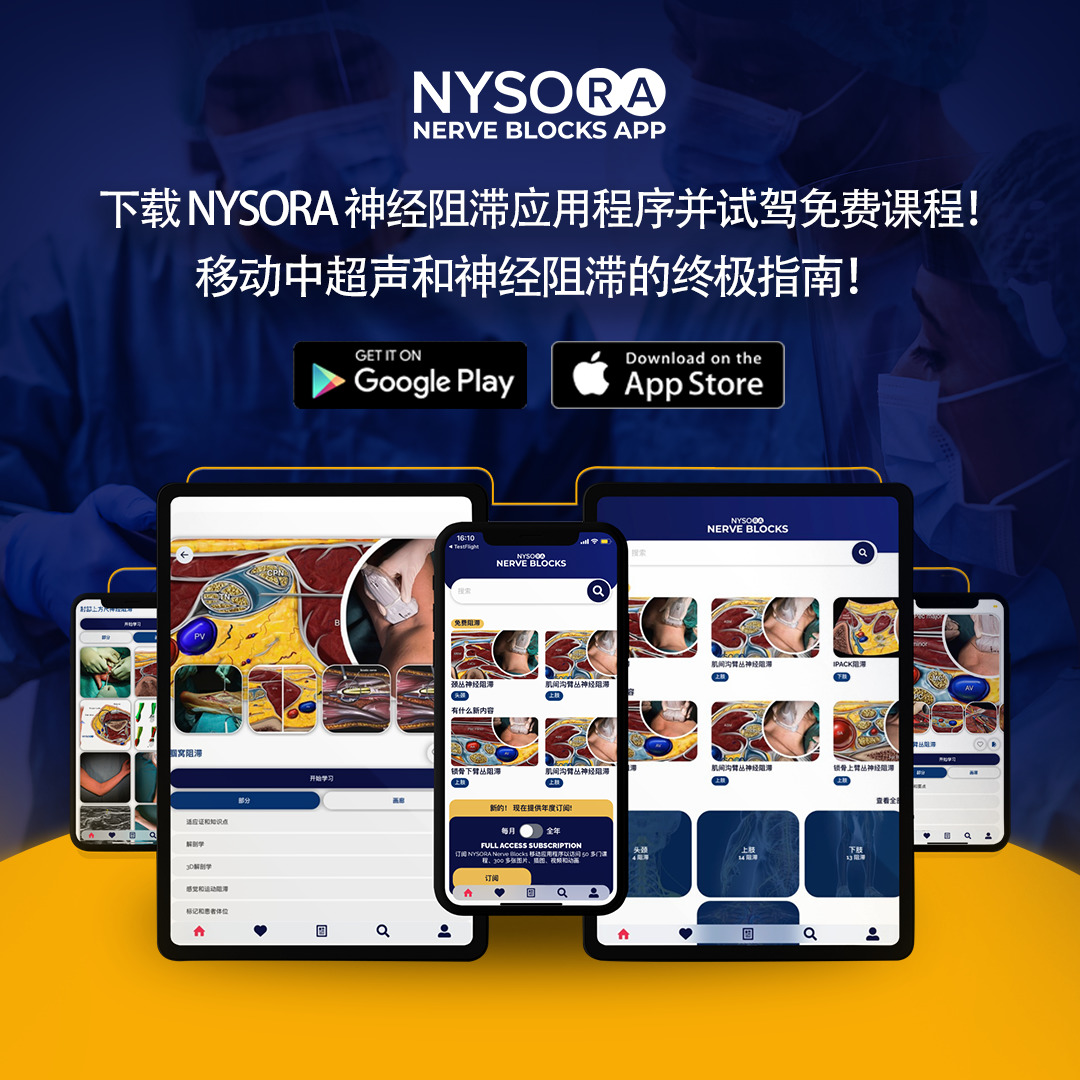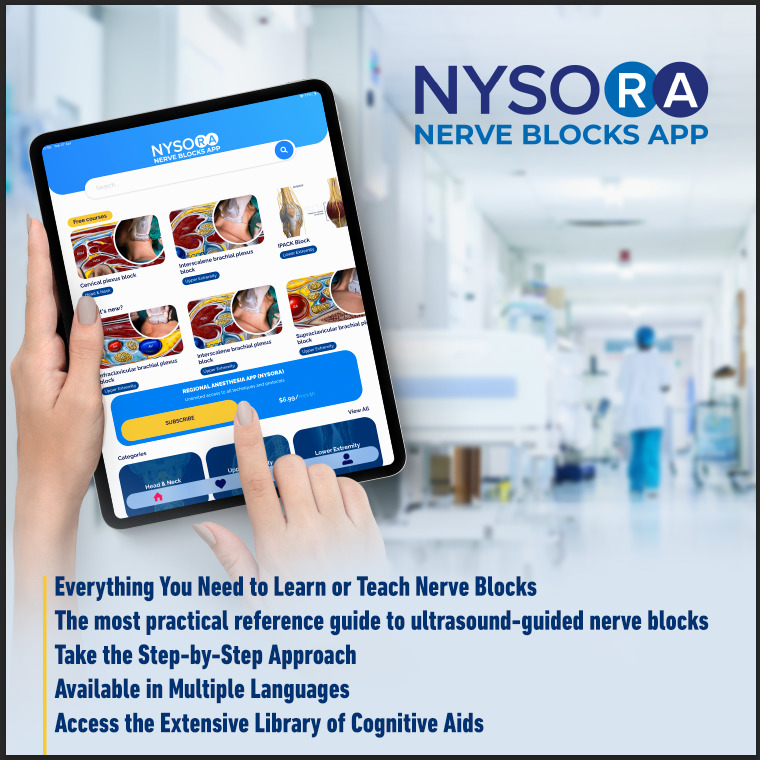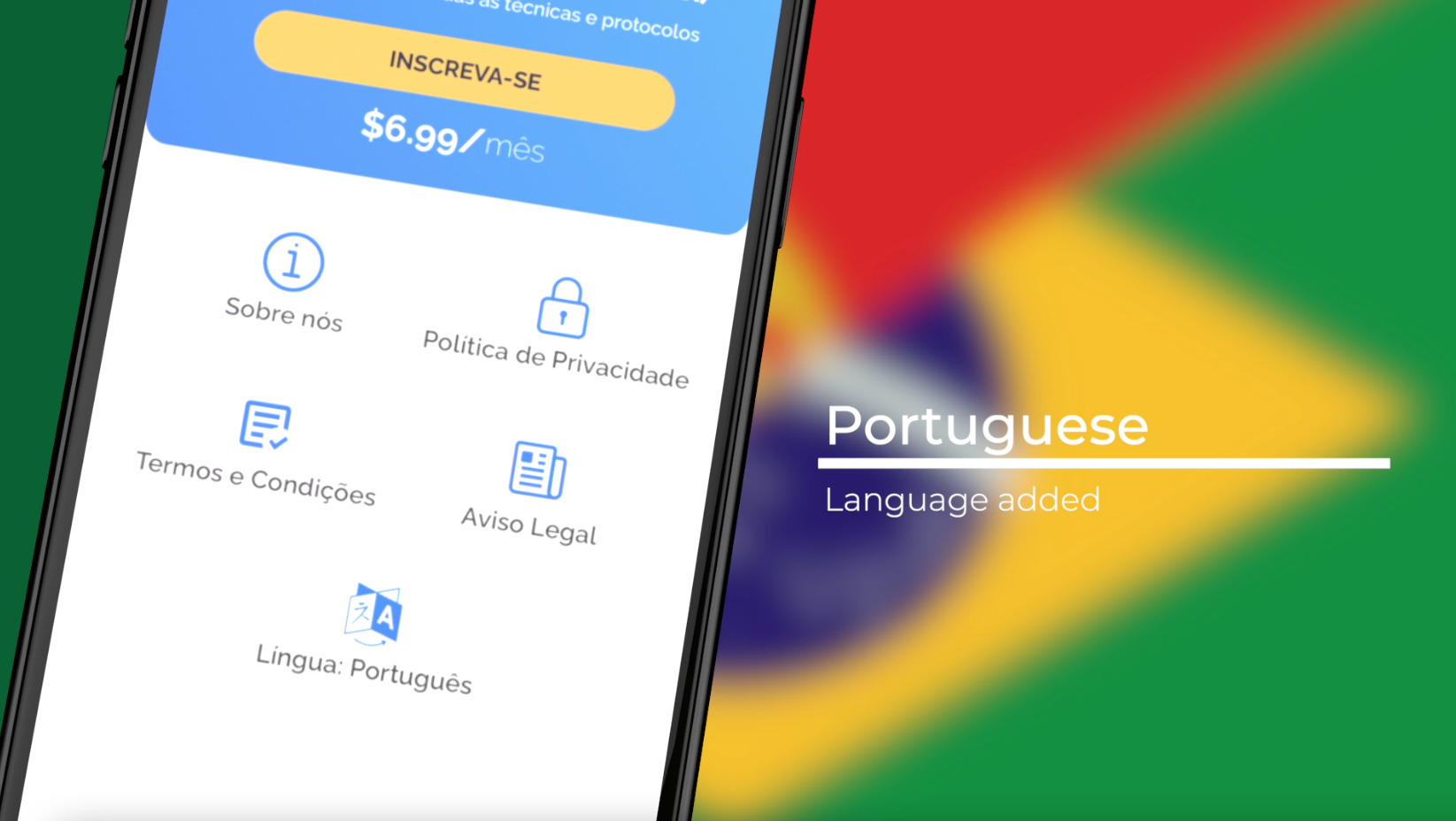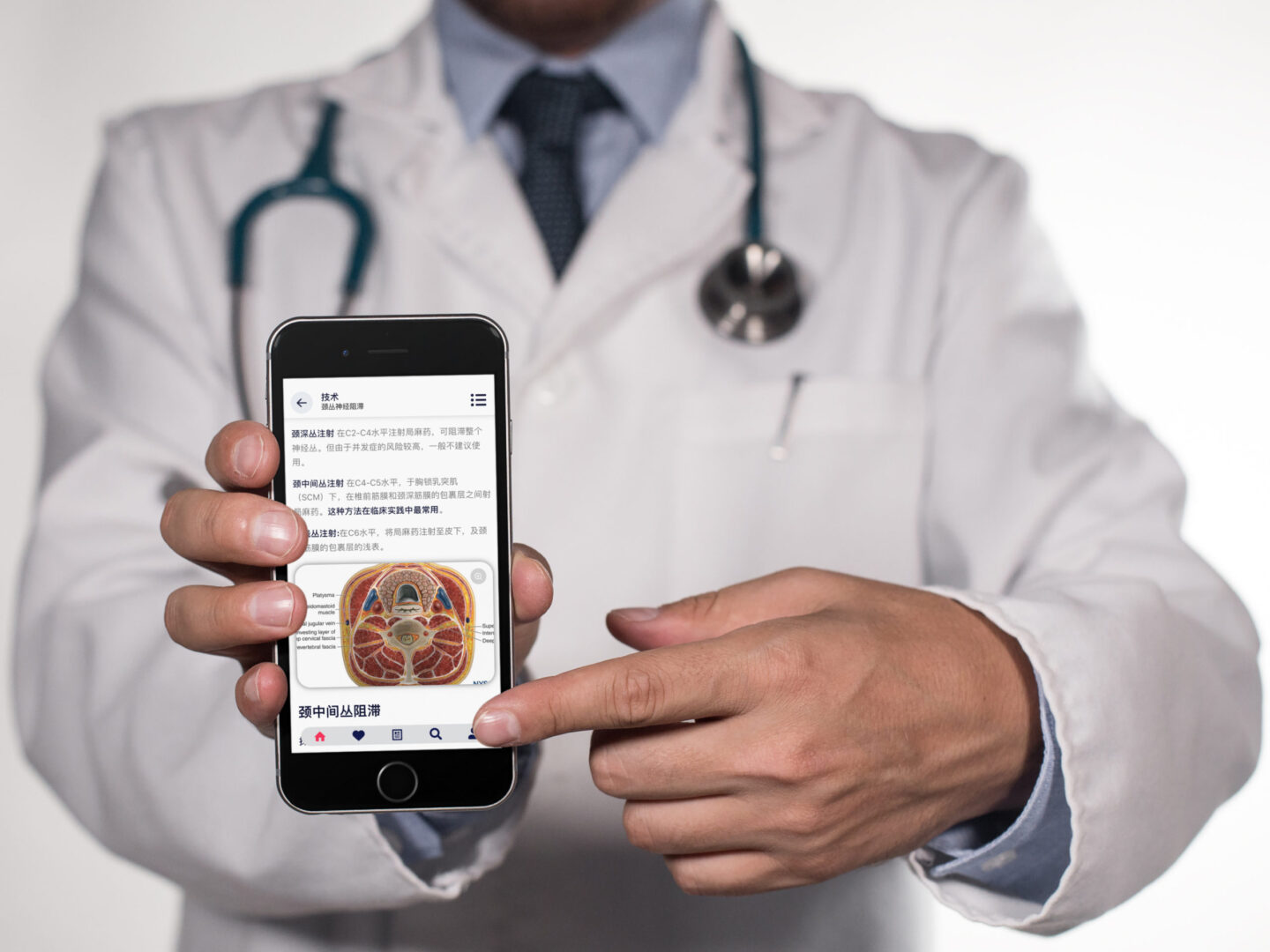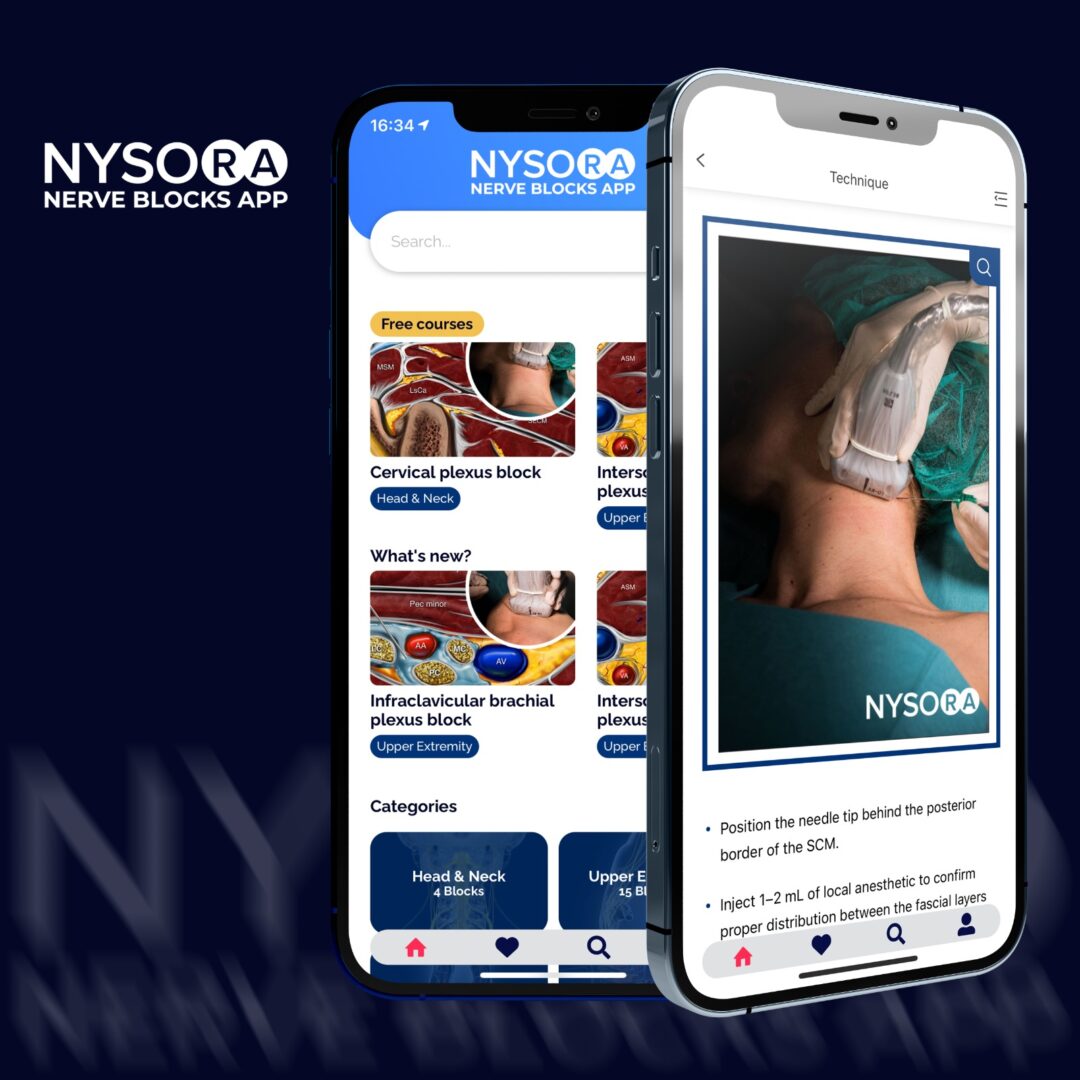The efforts of the NYSORA team to make the Nerve Blocks app available to medical professionals everywhere have just taken a step further. We have just released the Japanese translation with the help of Dr. Hiroaki Murata, currently working at the Department of Anesthesiology and Intensive Care Medicine at Nagasaki University Graduate School of Biomedical Sciences as an associate professor.
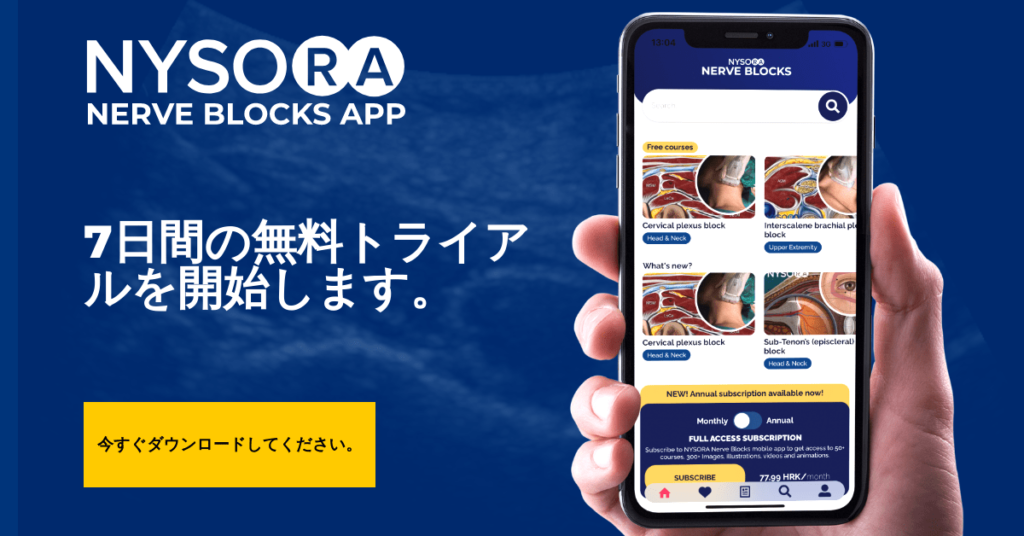
Regional anesthesia is his area of expertise, and he performs and teaches ultrasound-guided peripheral nerve blocks for perioperative management at Nagasaki University Hospital.
We asked him for a few words on the translating process and his general thoughts on Nerve Blocks. Read his story in this fun interview.
How did you get in touch with the NYSORA team?
“I first got in touch with the NYSORA team in 2010, at the NYSORA Annual Symposium in New York, when I joined the meeting as one of the participants and was fascinated by the NYSORA team.”
“In 2011, I got the chance to visit St. Luke’s Roosevelt hospital in New York for two months where I spent a lot of time with Dr. Hadzic (NYSORA’s founder and CEO) and the NYSORA team. Since then, I stayed in contact with the NYSORA team as an instructor for workshops, one of the co-authors of the Textbook of Regional Anesthesia and Self-assessment Workbook, and a coordinator of the NYSORA Tokyo Boutique Workshop. I also visited ZOL in Belgium to join the NYSORA Boot Camp in 2018.”
What motivated you to get involved in translating the Nerve Blocks app?
“Some of my co-workers hesitated to subscribe to this app merely because it wasn’t available in Japanese, though they appreciated the utility of the app. I also wanted the Japanese Regional Anesthesia community to become more familiar with NYSORA. That’s how I decided to eliminate the language barrier by translating the app into Japanese.”
Was this translation exciting to coordinate? How big was your team?
“We entered this translation project with a very small team to make sure the translated version of the Nerve Blocks app was done consistently. Almost all translation was done by myself to unify the style and wording.
Dr. Keiko Ogami-Takamura then joined this project. She is a certified anesthesiologist with a specialty in anatomy. She mainly translated the anatomy section and checked the wording for anatomical descriptions throughout the app.
In Japan, most anesthesiologists including myself are unfamiliar with eye blocks. So, I asked Dr. Masafumi Uematsu, an associate professor of the Department of Ophthalmology at Nagasaki University Hospital, to check if the translation was appropriate from an ophthalmological standpoint. I really appreciate the dedicated support of these two experts. Although it was tough, it helped me reaffirm my own knowledge while translating.”
What do you feel the impact of this translation will be on the Japanese regional anesthesia community?
“The translation will make this app more accessible to the Japanese-speaking regional anesthesia community. This app can also be helpful for them to switch between Japanese and English while reading about regional anesthesia in the app, which might help broaden their understanding in both languages.”
How do you and your colleagues use the Nerve Blocks app in your everyday practice?
“The app is useful to show the general outline of each nerve block procedure for trainees or medical students. It can be used at bedside as real-time guidance by showing the appropriate ultrasound image or reverse ultrasound anatomy images of the targeted nerve block.”
What do you think we can expect to see in the world of regional anesthesia in the future?
“Recently, numerous ultrasound-guided nerve block techniques have been introduced and the importance of regional anesthesia techniques to provide ERAS-based perioperative care has been increasing. I hope that more and more evidence will be accumulated to demonstrate the usefulness of certain regional anesthesia techniques to specific surgical procedures. With this, the nerve block procedure itself and its application in certain surgical procedures will become standardized. I’m also excited to see ultrasound technology develop further for safer and easier regional anesthesia techniques.”
The NYSORA team, as well as Dr. Hiroaki Murata and his colleagues, are thrilled to present this translation. By doing so, we are opening the door to the Nerve Blocks app to a vast community of world-renowned experts in regional anesthesia. We hope that by doing so, we will be able to create content suited to the needs of these professionals, and in the future, many more as well.



